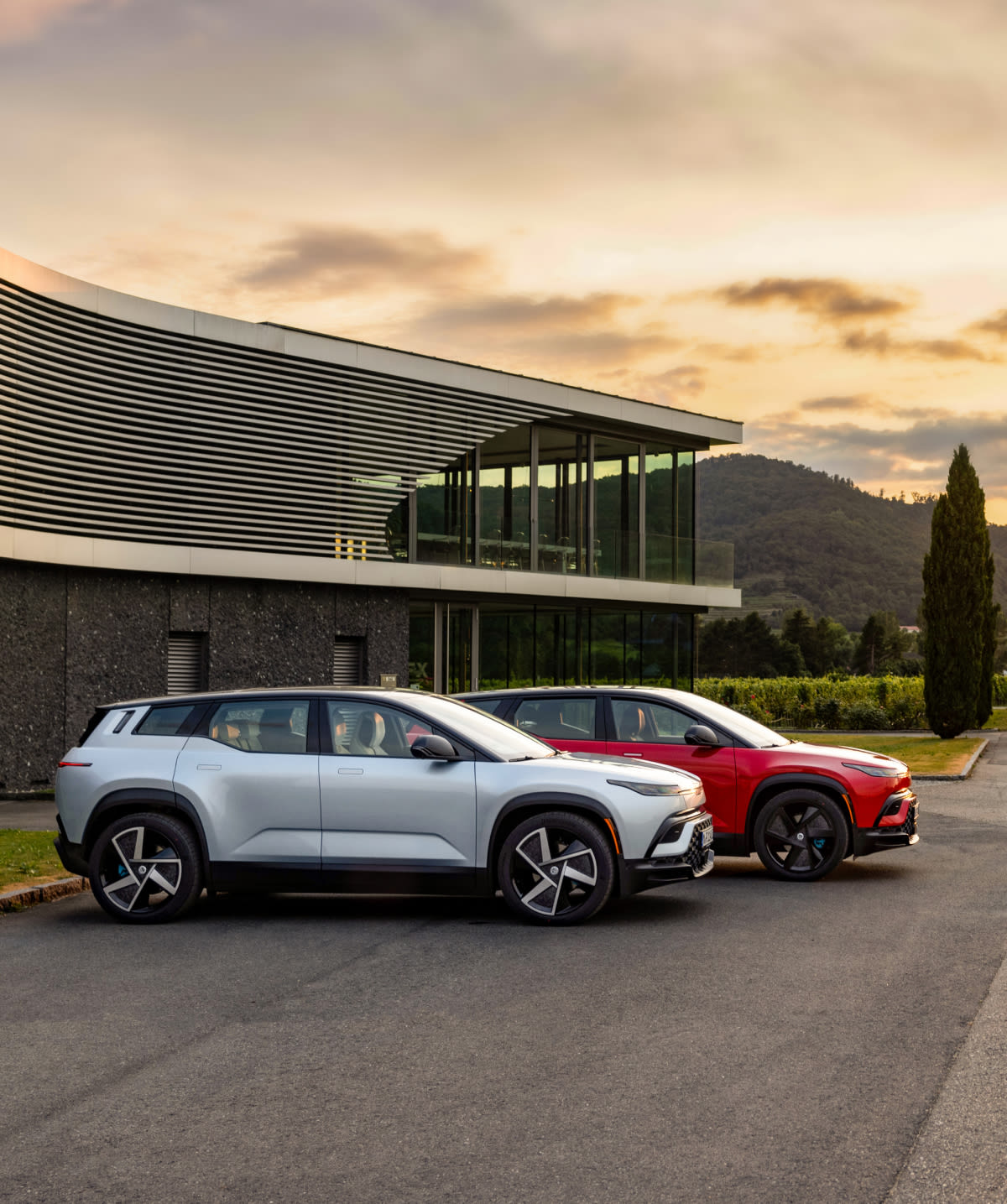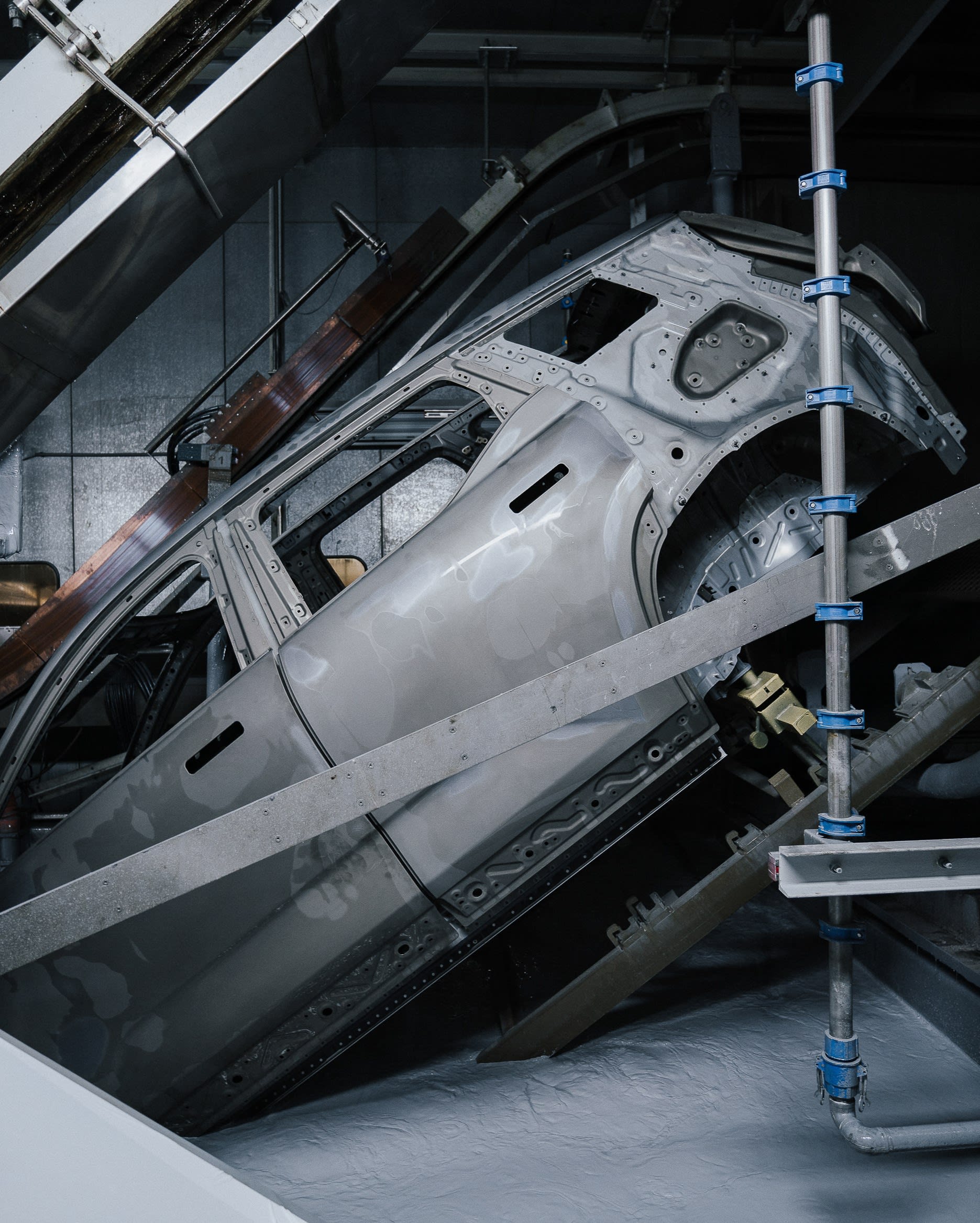Fisker Climate Neutral Vehicle & ESG Details | Fisker Inc.
Climate Neutral Vehicle Production
We aim to produce a climate neutral vehicle by 2027, measuring five distinct phases of the product life cycle: Upstream Sourcing, Manufacturing, Logistics, Use Phase, and End-of-Life (EOL)/Recycling.
Fisker will not purchase offsets, and our goal is to utilize only climate neutral materials in our products and to use only climate neutral services to support our business.
We recognize the challenges of producing and delivering products without greenhouse gas (GHG) emissions. The supply chains of our suppliers and logistics partners may contain offsets to achieve climate neutrality.
As we progress and measure, we will always look for efficiencies and work with our suppliers to replace any offsets in the supply chain with direct reduction measures.


To understand the true environmental impact of our vehicle, we must analyze its entire life cycle.
There are five life cycle phases we will continuously study, measure, and innovate to realize our goal of a climate neutral vehicle.
Each phase, detailed below, has its own top-level solution criteria, which we must act on to assure project-wide climate neutrality.
Manufacturing / Assembly
Localize manufacturing
Run on 100% renewable energy
No on-site GHG emissions
Inbound / Outbound Logistics
Localize manufacturing
Maximize rail and electric-powered transport
Seek out logistics suppliers that will achieve climate neutrality
Use Phase
Use public charging networks that run on 100% renewable energy
If some do not, encourage renewable power purchase agreements (PPAs)
Work to develop climate neutral home charging solution
Track charging by kWh and location
End-of-Use (EOU) - Recycling/Reuse
Vehicle materials are bio-based, mono-based, and free of paint where possible
Many vehicle parts to be manually disassembled and recycled
HV battery system will enter essential recycling phase
Additional vehicle materials to be shredded and recycled when possible
